Dental lab reliability can be measured most clearly through turnaround time and remake rate. These two metrics show whether a supplier delivers on schedule and maintains consistent quality—both critical for predictable procurement in implant restorations.
Key factors to benchmark include:
- Turnaround Time (TAT): Compare promised vs. actual delivery, evaluate rush options, and check how delays are managed.
- Remake Rate: Track how often cases are redone, confirm QC systems, and assess how errors are prevented.
- Balanced View: TAT reflects efficiency, remake rate reflects accuracy—true reliability comes from optimizing both.
- Supporting Factors: Communication, digital workflow adoption, and peer feedback reinforce trust in performance.
By combining these indicators, procurement teams gain a structured framework to evaluate dental labs. The result is faster, more predictable supply chains, fewer hidden costs, and stronger long-term partnerships with overseas dental lab collaborators.
How to Evaluate Dental Lab Efficiency with Turnaround Time
Turnaround time in implant restorations is one of the clearest indicators of a dental lab’s operational efficiency. A lab that consistently meets realistic deadlines gives clinics greater confidence in scheduling, reduces patient waiting time, and signals reliable production processes. Yet the real measure of efficiency is not only speed but also the consistency between promised and actual delivery.
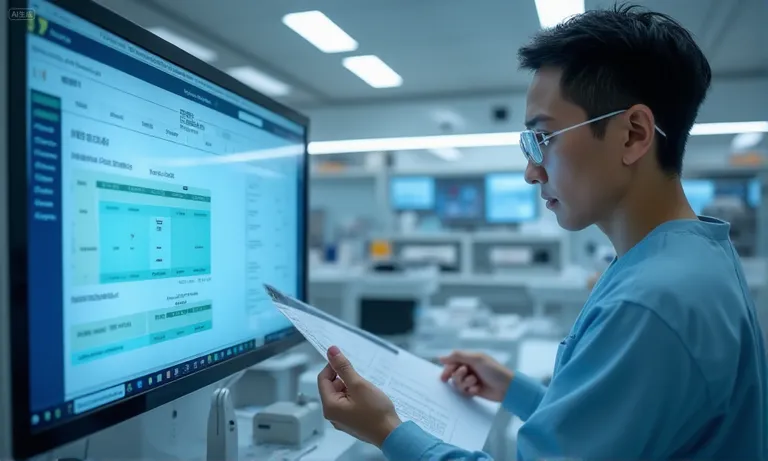
dental-lab-turnaround-time-tracking
How turnaround time is defined in implant restorations
Turnaround time (TAT) is typically defined as the number of working days between the lab’s receipt of the digital or physical impression and the shipment of the completed restoration. In implant cases, this may include abutment design, CAD/CAM milling, sintering, layering, and final QC before packaging. Buyers should clarify whether the lab counts weekends, shipping days, or remake adjustments in the timeline, as definitions vary between domestic and overseas dental labs.
Why shorter turnaround times improve scheduling and patient care
A predictable TAT directly affects how efficiently clinics can schedule follow-up appointments. Shorter, consistent delivery enables dentists to reduce chairside idle time and ensure patients receive implant restorations without unnecessary delays. For procurement managers, shorter TAT also indicates streamlined workflows and investment in digital production. However, speed must not compromise accuracy—labs that rush cases without strong QC may trigger higher remake rates.
How to verify promised vs. actual delivery times
Procurement teams should track whether a lab’s advertised timelines align with actual case deliveries. Practical methods include:
- Requesting a monthly delivery report with promised vs. actual shipment dates.
- Comparing courier data with lab invoices to check consistency.
- Collecting peer reviews from other clinics or distributors about the lab’s delivery record.
Some overseas partners, such as Raytops Dental Lab, use digital dashboards that log delivery timestamps, making it easier for clients to audit performance and hold suppliers accountable.
Reliable turnaround time is not about being the fastest, but about being consistently accurate and transparent. When procurement teams combine verified delivery records with remake rate data, they gain a more realistic picture of lab efficiency.
How Remake Rate Shows a Dental Lab’s Quality Control
Remake rate is the clearest signal of whether a dental lab’s quality control system is truly effective. While turnaround time shows speed, remake rate reveals accuracy and process discipline. A consistently low remake rate means fewer disruptions for clinics, lower hidden costs, and smoother patient experiences, making it one of the most critical benchmarks for procurement teams.
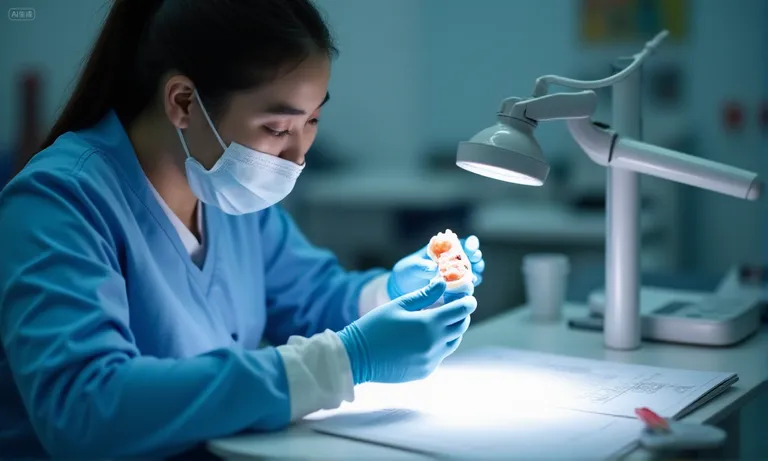
dental-lab-quality-control-remake-check
What remake rate means in practice
Remake rate refers to the percentage of cases that must be redone because the final restoration did not meet clinical or technical requirements. In implant dentistry, this might involve issues such as poor fit at the margin, occlusion discrepancies, or esthetic mismatches. For buyers, a remake rate above 5–7% often indicates gaps in QC procedures, whereas rates consistently below this threshold reflect tight process control and skilled technician oversight.Independent studies have found that the national average remake rate is around 4%, which provides a useful baseline for benchmarking.
How high remake rates increase costs and reduce patient satisfaction
High remake rates generate hidden costs and frustration for clinics:
- Extended chair time: Extra adjustments or new impressions delay treatment and consume valuable clinical hours.
- Increased expenses: Additional shipping, material waste, and technician labor raise the total cost of ownership.
- Lower patient confidence: Patients facing repeat appointments often lose trust in both the clinic and its chosen lab.
For procurement teams, high remake rates mean that even if upfront prices are lower, the total financial and reputational cost will be higher.
Questions to ask about remake data and QC tracking
Procurement managers can strengthen vendor audits by asking structured questions such as:
- How does the lab define and record a “remake”?
- Can the lab provide quarterly remake statistics by restoration type?
- What corrective actions are triggered when remake rates exceed benchmarks?
- Does the lab integrate digital QC logs or third-party inspections to validate data?
Overseas dental labs that provide transparent remake dashboards—such as Raytops Dental Lab—make it easier for procurement teams to track accountability and benchmark performance.
A low remake rate is not achieved by chance; it reflects consistent technician training, reliable material sourcing, and a culture of accountability. When procurement teams evaluate labs, remake data is often a more reliable indicator of quality than marketing claims.
Balancing Turnaround Time and Remake Rate: Benchmarks for Reliability
A dental lab’s reliability cannot be judged by speed or accuracy alone. True efficiency comes from balancing turnaround time with a consistently low remake rate, ensuring that clinics receive restorations both quickly and correctly. Industry benchmarks provide a practical reference for evaluating this balance across suppliers.
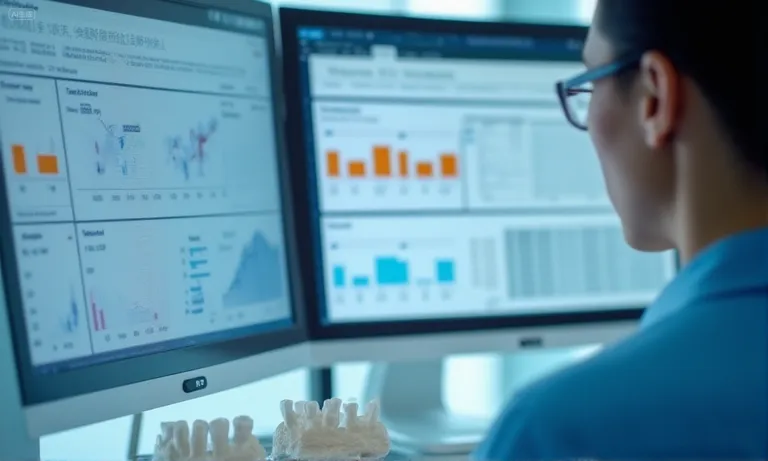
dental-lab-benchmark-performance-review
Efficiency vs. accuracy: why balance matters
Focusing only on turnaround time often leads to overlooked quality issues, while emphasizing only remake rate can slow production. Reliable labs operate within a “sweet spot” where deadlines are met consistently without compromising fit, esthetics, or patient satisfaction. Procurement teams evaluating labs should look for partners who achieve this balance, since one-sided performance can create hidden costs or scheduling bottlenecks.
Typical industry benchmarks for TAT and remake rates
Benchmarks vary by case type and geography, but common industry ranges include:
| Metric | Typical Benchmark | Red Flags |
|---|---|---|
| Turnaround Time (implant crowns) | 7–10 working days | >14 days consistently |
| Turnaround Time (full-arch or complex cases) | 12–15 working days | >20 days regularly |
| Remake Rate (all restorations) | 3–5% | >7% sustained |
| Remake Rate (complex implant cases) | 5–7% | >10% sustained |
Labs that disclose their performance against these ranges demonstrate transparency and are easier to benchmark against competitors.
How to compare labs with different performance profiles
When evaluating multiple suppliers, procurement managers should weigh trade-offs carefully:
- Lab A: Faster TAT but slightly higher remake rate → suitable for urgent, lower-risk cases.
- Lab B: Slower TAT but very low remake rate → safer for complex implant restorations requiring precision.
- Lab C: Balanced metrics with transparency → ideal for long-term partnerships where predictability matters most.
Some overseas dental labs, including Raytops Dental Lab, actively share both turnaround and remake data, allowing procurement teams to select the right partner for each case type. This level of disclosure helps reduce uncertainty and builds confidence in cross-border collaboration.
Ultimately, benchmarks are not rigid rules but guideposts. Procurement teams should interpret them in context, comparing not just numbers but also the consistency and transparency behind them.
Beyond TAT and Remake Rate: Other Factors to Evaluate a Dental Lab
Turnaround time and remake rate are vital metrics, but they cannot capture every dimension of lab reliability. Communication quality, digital workflow integration, and peer reputation also play decisive roles in reducing uncertainty and ensuring long-term collaboration. Procurement teams that consider these factors gain a more complete view of supplier reliability.
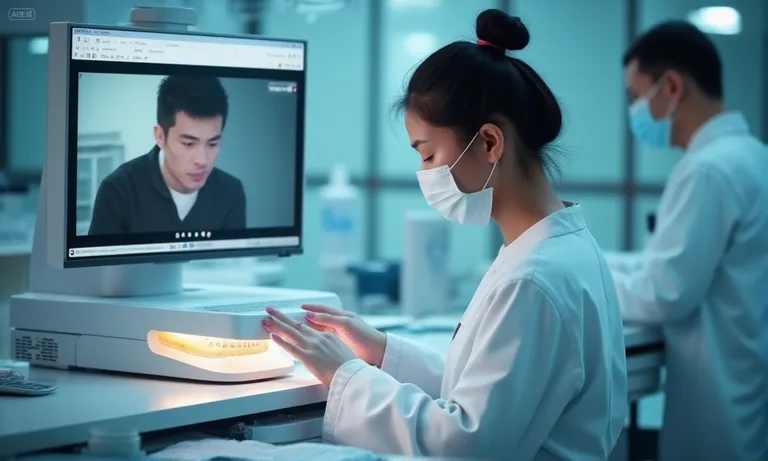
dental-lab-collaboration-digital-workflow
The role of communication in preventing delays and errors
Strong communication reduces misunderstandings that lead to remakes or missed deadlines. A responsive lab team clarifies case details early, confirms design parameters, and updates clients on potential delays before they affect patient schedules. Poor communication, on the other hand, often magnifies small errors into costly rework. Clinics and procurement managers should evaluate not only response speed but also the clarity and professionalism of lab communication.
Why digital workflows reduce remake risks
Digital workflows improve reliability by creating structured, traceable processes:
- CAD/CAM precision: Digital design reduces margin and occlusion errors common in manual workflows.
- File compatibility: Seamless integration with major intraoral scanners and design platforms shortens setup time.
- Data traceability: Each design step leaves a digital record, making errors easier to trace and correct.
- Remote collaboration: Overseas dental labs can quickly review and adjust cases without waiting for physical models.
Labs that adopt digital-first workflows typically see remake rates drop while maintaining stable turnaround times.
How reviews and peer feedback strengthen decision-making
Public reviews, industry forums, and peer referrals provide valuable third-party validation of a lab’s consistency. While metrics may look good on paper, feedback from other clinics often highlights how a supplier performs under pressure, handles disputes, or responds to urgent orders. Procurement teams should combine formal metrics with informal peer intelligence to minimize blind spots in vendor selection.
Reliable partnerships are built on both measurable performance and qualitative trust. Overseas partners like Raytops Dental Lab have learned that transparent communication and early digital integration often make the difference between smooth cooperation and repeated disruptions. Evaluating both metrics and human factors ensures a more resilient supplier relationship.
How Procurement Teams Use These Metrics to Select Reliable Labs
Turnaround time and remake rate are not just technical details—they become powerful tools when procurement teams apply them systematically in vendor selection. By embedding these metrics into RFPs, monitoring KPIs, and aligning expectations with suppliers, organizations can transform data into a foundation for long-term, reliable partnerships.
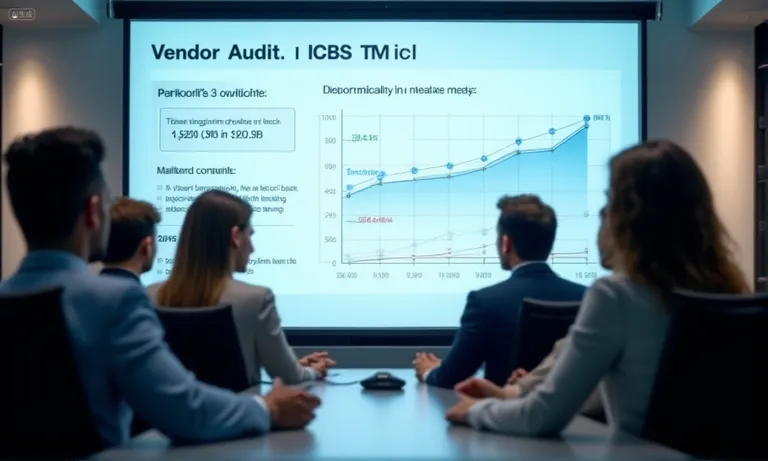
procurement-team-dental-lab-vendor-evaluation
Key questions to include in RFP or vendor audits
Procurement teams can frame clear, measurable questions to identify reliable partners:
- What is your average turnaround time for implant crowns and complex restorations?
- What is your documented remake rate over the last 12 months?
- How do you define a remake, and who validates the data?
- What corrective processes are triggered when remake rates exceed benchmarks?
- Can you provide independent client references or third-party QC certifications?
These questions not only uncover performance history but also reveal whether a lab values transparency.
Using KPIs to monitor ongoing lab performance
Procurement teams should treat TAT and remake rate as living KPIs rather than one-off metrics:
- Quarterly reports: Regular delivery vs. promised TAT analysis.
- Rolling remake averages: Tracking whether remake rates trend upward or remain stable.
- Performance thresholds: Flagging any metric deviations that impact scheduling or cost.
- Supplier scorecards: Comparing labs across standardized KPIs for fair evaluation.
Labs that willingly share KPI dashboards demonstrate accountability and are easier to manage at scale.
Building long-term partnerships through transparent metrics
Strong partnerships come from transparency. When both parties agree on benchmarks and track them consistently, it reduces disputes and builds trust. Overseas dental labs like Raytops Dental Lab have found that publishing TAT and remake performance to procurement teams encourages open dialogue and helps align production capacity with client expectations. Over time, this transparency creates resilience: clients know what to expect, and labs can forecast demand more accurately.
Procurement is not only about choosing the lowest-cost supplier but about securing a partner who delivers predictably over years. Embedding turnaround time and remake rate into the procurement process makes reliability measurable, actionable, and sustainable.
Conclusion
Turnaround time and remake rate give procurement teams a clear, measurable way to evaluate dental lab reliability. When combined with communication quality, digital workflow integration, and peer feedback, these metrics reduce uncertainty and help clinics plan with confidence. Reliable labs are not just fast or precise—they are transparent about their performance and consistent in delivery. For procurement teams, working with an overseas dental lab like Raytops Dental Lab that tracks and shares these benchmarks means fewer surprises, smoother collaboration, and stronger long-term partnerships.


